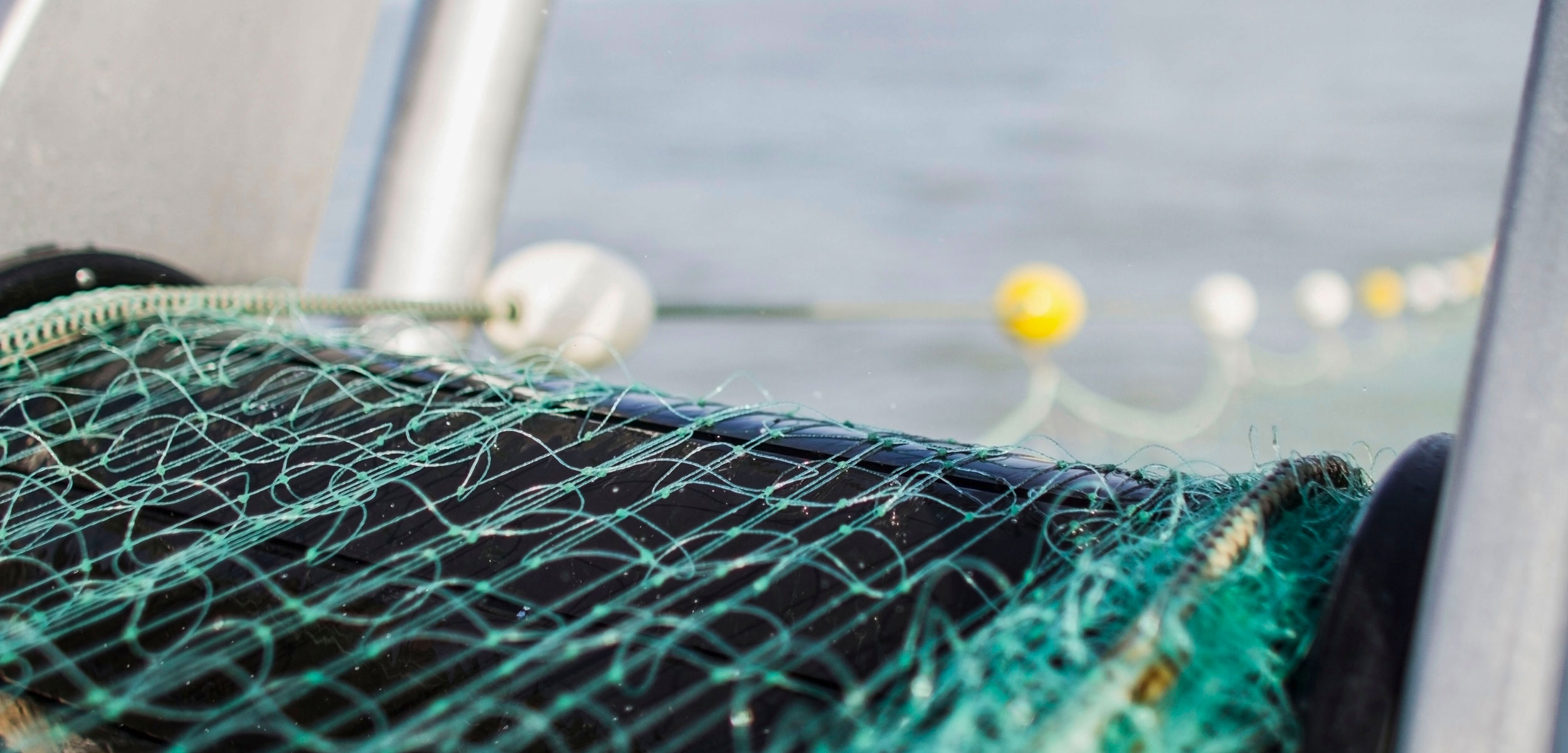If a Turtle Is Caught in a Gill Net and No One Is Watching …
Does its capture get recorded in a legally mandated by-catch report?
Article body copy
A recent investigation of the California drift gill net swordfishery has revealed a stark discrepancy between fishers’ self-reported accounts of by-catch rates and independently verified figures. Though the examination is of just one fishery, the finding casts doubt on the value of commercial fishers’ self-reporting.
In the new report, based on data garnered through a public records request to the US National Marine Fisheries Service, scientists with the environmental nonprofit Oceana show that while independent observers assigned to monitor California drift gill net swordfishing boats reported 292 entangled marine mammals and four sea turtles between 2001 and 2018, fishers working other boats in that same fishery claimed to have caught fewer than 30 marine mammals and zero sea turtles over the same period.
Given that observers only joined one swordfish gill netting trip in five, and that California’s swordfishers are required by law to self-report their by-catch, the dearth of self-reported incidents suggests a trove of missing data. Extrapolating from independently reported data, the report’s authors calculated that this small fleet of roughly 20 boats neglected to report more than 1,000 entangled whales and sea turtles.
“There’s just no possible way that there would be almost no by-catch on the unobserved boats,” says Geoff Shester, the report’s lead author and a senior scientist with Oceana.
In 2018, a law was passed banning the use of drift gill nets in California by 2024. But the investigation speaks to a larger issue—the degree to which sound fishery management relies on independent observers. Oceana, for one, wants to see observers placed on every boat in California’s drift gill net fleet for the next several years until the gear is no longer used.
Fisheries experts, including James Carretta, a scientist with the US National Marine Fisheries Service who has closely studied California’s swordfish gill net fishery, are not surprised by Oceana’s findings.
“This is a perennial issue that has been discussed in marine mammal stock assessment reports as far back as I can remember,” says Carretta. He says Oceana’s findings confirm that fishers may conceal information that could undermine their industry.
The motive for fishers to keep quiet when they catch non-target animals is widely recognized: excessive take of certain protected species can lead to stricter rules or even a premature end to a fishing season. Elsewhere in California, for example, high humpback whale entanglement rates have contributed to the decision to cut the Dungeness crab season short.
Matthew Savoca, a postdoctoral researcher at Stanford University in California who was not involved in the research, says Oceana’s findings are concerning. But, he adds, they must be considered in the context of commercial fisheries worldwide. “Whether this study is shocking to you or not, what should be more shocking is that most countries don’t track fishery by-catch at all,” Savoca says.
Savoca coauthored a recent study that showed by-catch rates by US fisheries are generally decreasing, and he says supporting US fisheries is a relatively good alternative to buying imported seafood.
“If the California swordfish fishery was shut down, the United States’ demand for swordfish wouldn’t go away,” he says. “We’d just import swordfish from other countries with less oversight.”
Carretta says Oceana’s findings highlight a real problem in fishery management, but says it’s important not to assume that missing data on by-catch means fisheries are unsustainable. The National Marine Fisheries Service, Carretta explains, uses estimates of total by-catch, not just observed by-catch, when devising fishing regulations and season limits.
However, the rarer a species is, the fewer by-catch events there are and the less data there is to extrapolate, making it difficult to estimate unobserved fishing impacts—an issue Carretta has discussed in published research. At the same time, the rarer a species is, the more significant each accidental catch is, making it critical in Shester’s opinion that every individual be accounted for.
“With low observer coverage in a fishery where you’re catching endangered sea turtles or sperm whales, where every single animal makes a huge difference as far as population impacts, you’ve got to have 100 percent observer coverage,” Shester says.
Carretta’s own work, published in 2020, shows that 100 percent observer coverage is needed to accurately assess by-catch of leatherback sea turtles by California’s drift gill net fishery. Other fisheries, Shester says, also merit full observer coverage, especially those using trawl nets and pelagic longlines. For other species, including numerous marine mammals, more than 90 percent of trips must be monitored to get accurate figures.
However, Savoca is careful to point out that full observer coverage would do little more than produce more accurate by-catch data. “It won’t stop by-catch,” he says.

